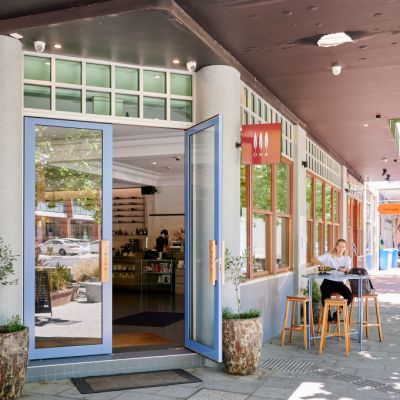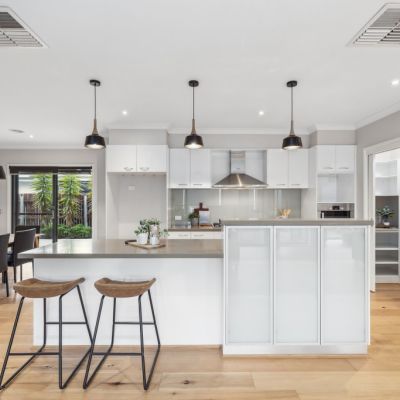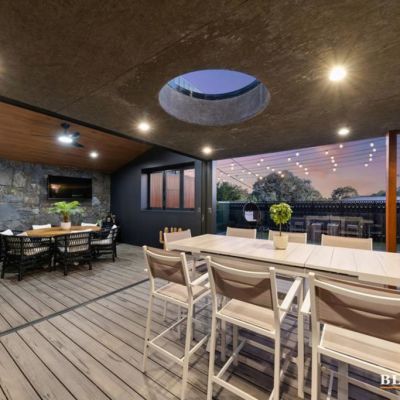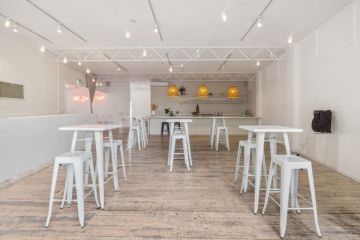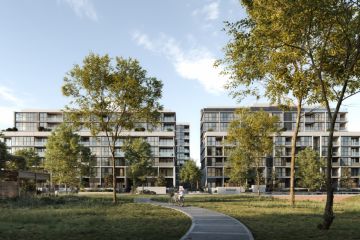'Competing with a lot of deep pockets': the reality of buying your first home in Canberra
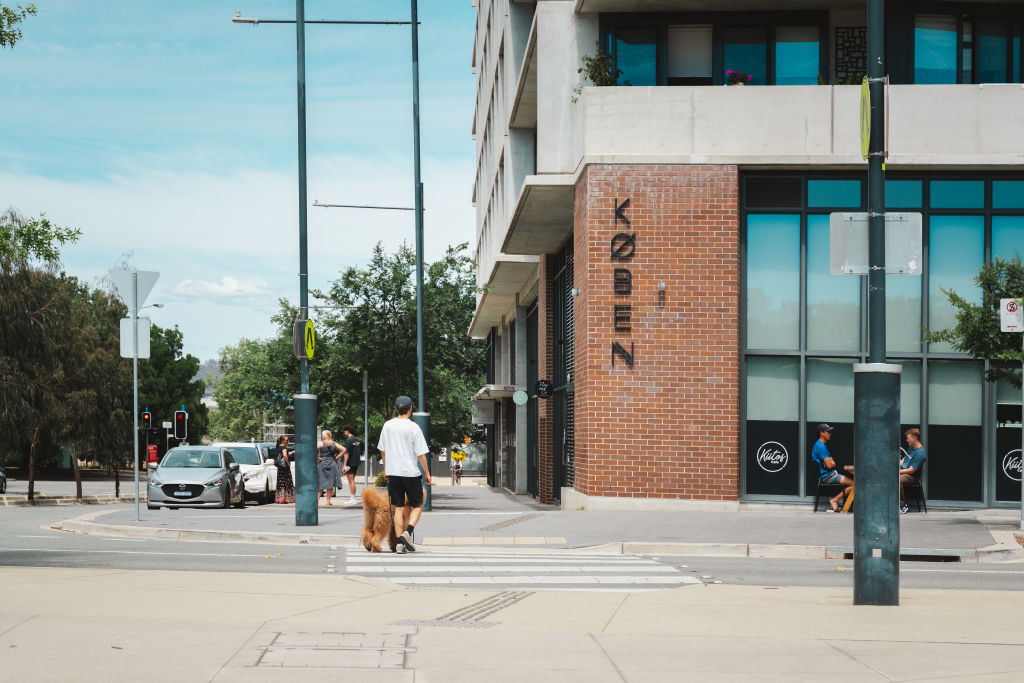
Canberra’s first-home buyers continue to experience significant hurdles trying to break into the housing market, as the city ranks second for the longest time to save for an entry-level home deposit.
Domain’s First Home Buyer Report 2025 has revealed that, on average, Canberra couples aged 25 to 34 spend five years and seven months saving for a 20 per cent deposit.
This is just one year and two months shorter than those saving in Sydney and one month longer than in Brisbane and Adelaide.
Domain’s chief of research and economics, Dr Nicola Powell, says that saving for a lump-sum deposit remains one of the biggest challenges for those looking to buy their first home.
“This becomes even more daunting when home prices remain high relative to wages, compounded by a prolonged period of elevated interest rates and rising living expenses,” she says.
“[Over] the past five years, entry house prices across Australia have increased by 58 per cent, and unit prices have risen by 27 per cent. During the same period, inflation surged 20 per cent, while wages only grew by 15 per cent.”
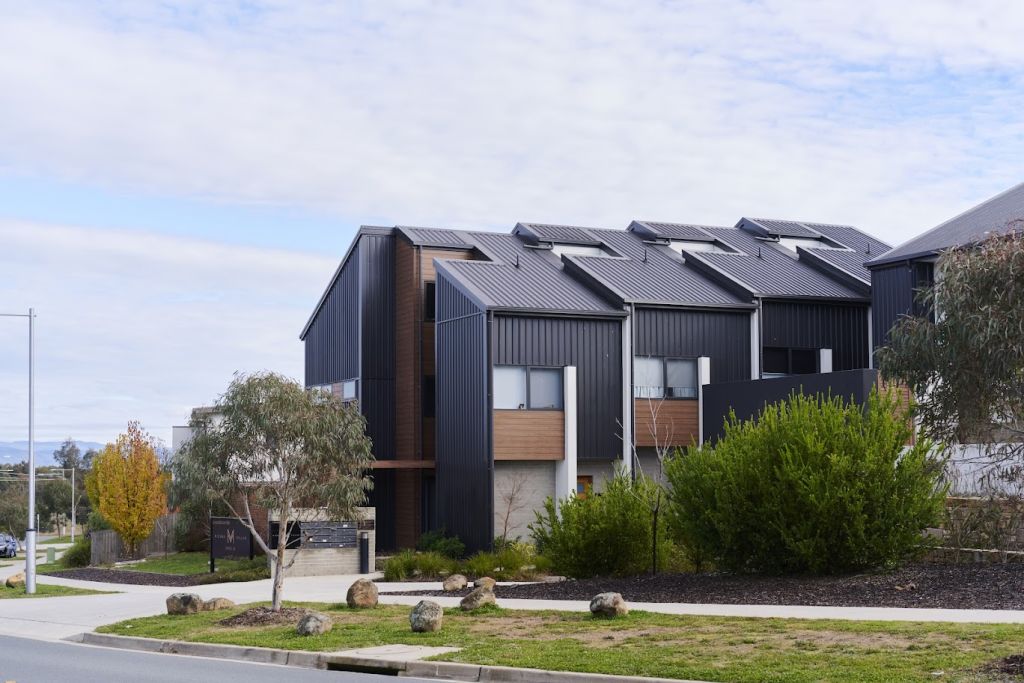
In Canberra, the median price of an entry-level home is $815,000, up 3.2 per cent on this time last year and nearly 40 per cent over the past five years.
The data also showed that the ACT and Victoria have the highest number of first-home buyers nationally.
Grace Reid, a 23-year-old Canberra dental assistant, has been trying to buy a property with her 27-year-old school teacher partner for the past five months.
The pair had each been saving separately for several years until they decided to join forces and buy together.
With a budget of $850,000, the couple are hoping to secure a three-bedroom, two-bathroom townhouse in the inner Belconnen region, but now believe they may need to cast the net wider.
“We could probably afford a standalone house at the back of Belconnen or Gungahlin, but in inner Belconnen where we are looking, we are competing with a lot of deep pockets compared to ours,” Grace says.
The couple have been looking at different configurations to find a property in their price range and preferred location.
“Ideally, [we’d love] three bedrooms and two bathrooms, but we are open to whatever we can get,” she says.
In comparison, buying an entry-level apartment is significantly cheaper for first-home buyers.
| Area | Time to save | |
| Entry house | Entry unit | |
| Sydney | 6y 9m | 4y 4m |
| Melbourne | 5y 1m | 3y 5m |
| Brisbane | 5y 6m | 4y 2m |
| Adelaide | 5y 6m | 3y 9m |
| Perth | 4y 6m | 2y 11m |
| Hobart | 4y 11m | 3y 7m |
| Darwin | 3y 5m | 2y 1m |
| Canberra | 5y 7m | 3y 3m |
| Combined capitals | 5y 1m | 3y 5m |
| Combined regionals | 4y | 3y 2m |
| Australia | 4y 10m | 3y 4m |
| y = year, m = month. | ||
The median price for an entry-level apartment in Canberra is nearly half that of houses at $462,000, down 1.7 per cent from 12 months ago. The cost of units in the ACT rose at half the rate for houses, recording an 18.6 per cent increase over the past five years.
According to the report, couples spend an average of three years and three months saving for their deposit to buy their first apartment in Canberra.
Despite this, Jonny Warren from Jonny Warren Properties says that those trying to break into the property market remain more eager to buy a house than an apartment.
“Standalone houses are in really hot demand at the moment,” he says. “Over the past six weeks, I have seen so many first-home buyers trying to get into those sorts of homes.
“Every three-bedroom house we have had recently has had hot competition between first-home buyers.”
Jonny explained that most of these homes are in the Tuggeranong or Belconnen regions, with buyers spending up to $750,000, which is in line with the Australian Government’s Home Guarantee Scheme.
This rings true for Grace and her partner, who had considered buying an apartment, but felt a house was still more attractive. In many cases, unit prices are similar to those of larger homes further out of the main centres.

Many first-home buyers, however, face the possibility of mortgage stress if they buy even an entry-level house, new Domain modelling shows, with mortgage repayments on a Canberra home currently costing a whopping 46.7 per cent of income.
In comparison, mortgage repayments on a Canberra apartment average about 26.5 per cent of income, sitting below the mortgage stress bracket of 30 per cent.
The reality is that the burden of high interest rates and rising property prices have hindered the prospects of younger buyers.
Powell says the broader slowdown in the property market, easing prices, and multiple rate cuts expected this year suggest relief may be on the horizon.
“However, the financial recovery will be gradual, compounded by ongoing challenges such as housing undersupply,” she says.
“Ensuring adequate and affordable housing is essential to shaping a more sustainable future for Australia’s housing market.”
We recommend
We thought you might like
States
Capital Cities
Capital Cities - Rentals
Popular Areas
Allhomes
More
